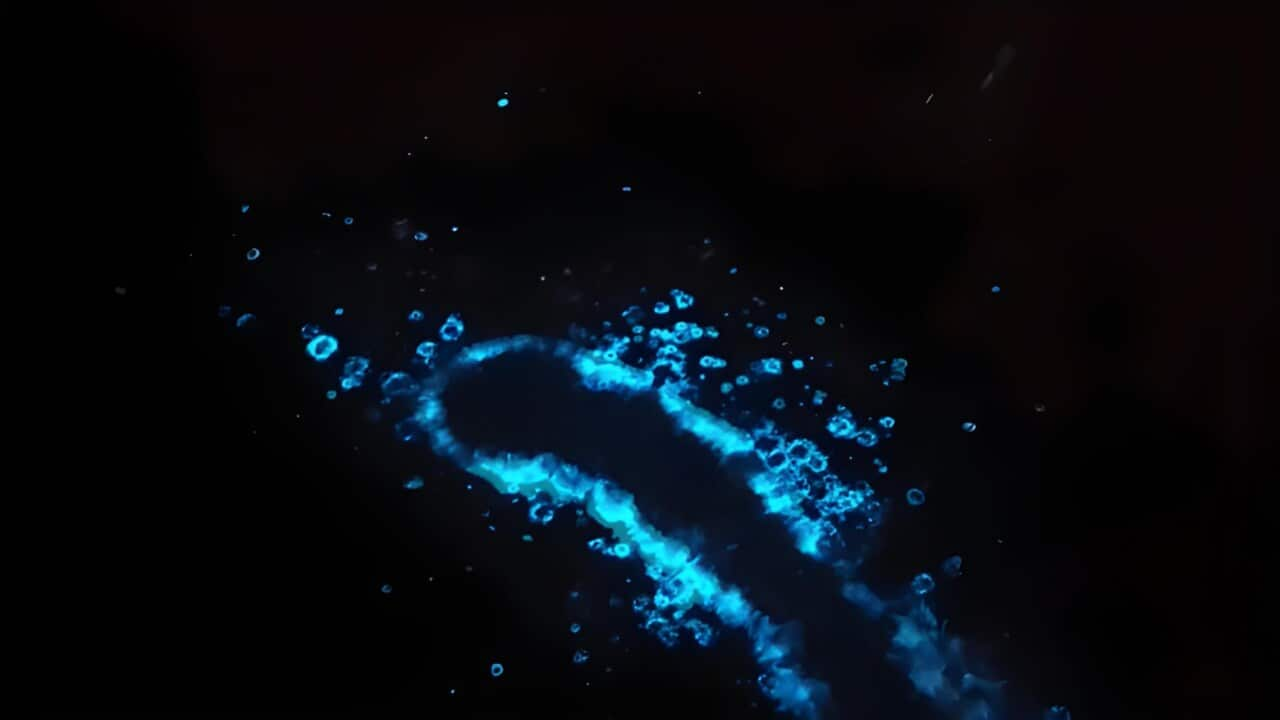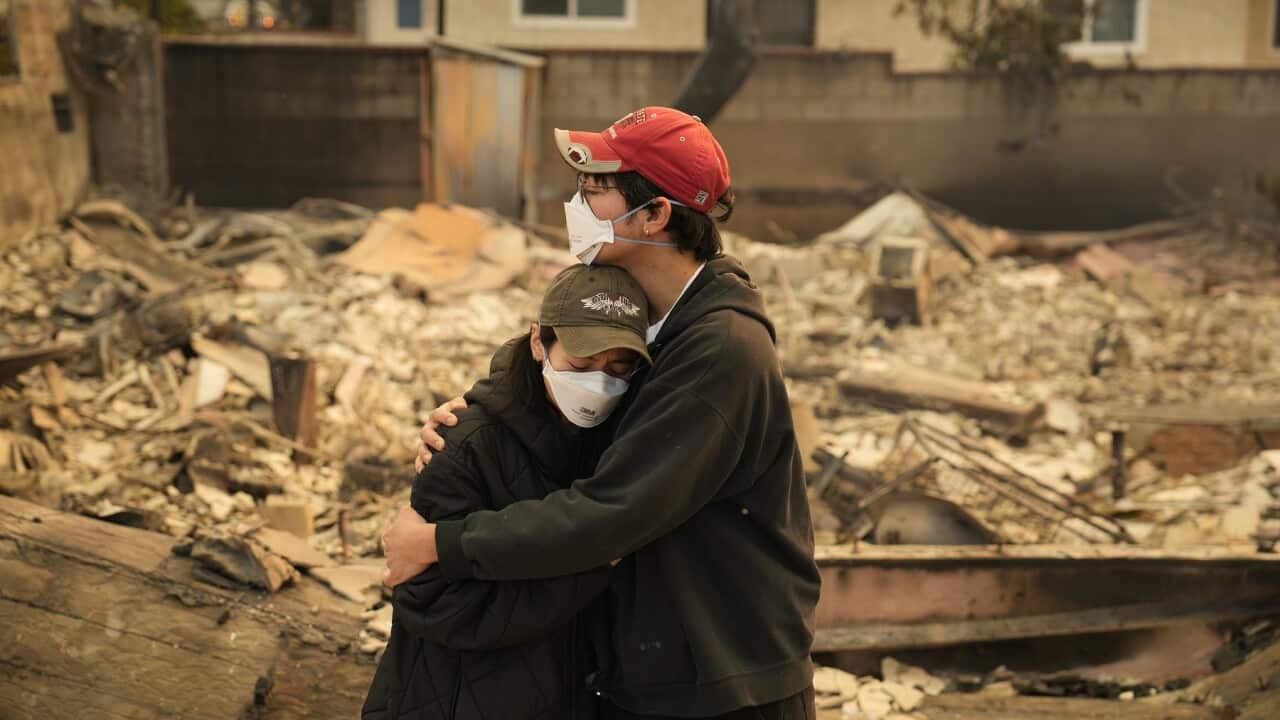TRANSCRIPT
When darkness sets in across southern Tasmania, the sea lights up.
The hunt for the blue sparkle starts in the day time when slicks of pink on the water - or even a slight cloudiness - can be a sign of beauty to come once night falls.
"I first heard about it in about 2017 and I felt like the entire state had been holding out on me for not telling me about this amazing thing."
Jenny Kathy runs a Facebook page where people can post sightings .. to help others find it.
"We've had people on the mainland jump a plane, read about it in the morning, jump a plane that afternoon and fly down, drive, hire a car, drive straight down to Eagle Hawk neck in the hopes of seeing it.”
Robbie Moles has been photographing bioluminescence in Tasmania for about 10 years with incredible results.
He heads out a few times a week ... and still gets a thrill when he spots the familiar blue sparkle.
“You almost spend as much time just watching it as you do taking photos, to be honest. And it's like, I said, it's always like, the first time you've seen it, and like, even when other people turn up as well and they see it for the first time, just the excitement. Little kids when they see it, they just like, Christmas.”
Dr Lisa Gershwin has studied bioluminescence for 30 years and says it is caused by a microscopic single celled organism called Noctiluca scintillans.
"Noctiluca scintillans is probably the best Latin name ever. Nocti means light, luca means light and scintillans means scintillating or sparkling or glittering. It's the sparkling night light. I just love that.”
The most spectacular blooms are more common in summer when the water is warm and there is an ample food supply.
Dr Gershwin says they look beautiful but can be fatal to other marine life.
"Its habit of, you know, consuming the plankton in the water means that everything else starves, and its habit of sucking the oxygen out of the water means that everything else suffocates. And if those aren't enough, it also exudes ammonia into the water, which is caustic to gill tissues”
She says the display this year is outstanding:
"The scale that we're seeing right is... I just can't think of a better word than 'epic'."
Jenny Kathy says this unique phenomenon also has a tendency to bring people together.
"How many times do you know places where it's pitch dark, could be midnight, one o;clock in the morning, and you've got complete strangers happy to talk to each other, feeling completely safe to do so. "
It's not known how long this current bloom will last, so people are being encouraged to enjoy it while they can.













